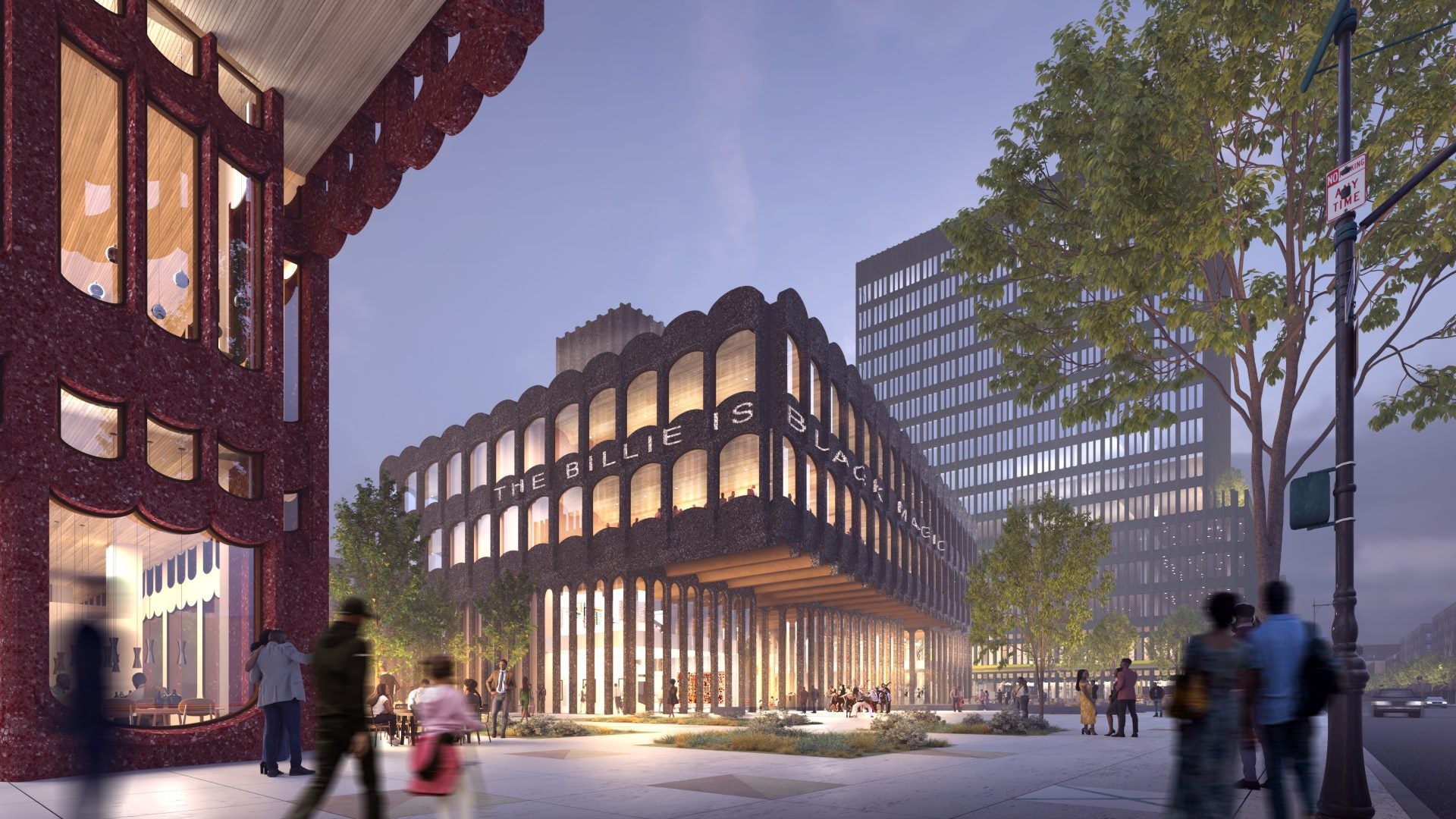
The nation’s first community development corporation, Bedford Stuyvesant Restoration Corporation, has launched plans to transform its historic location into the Restoration Innovation Campus, a global hub devoted to bridging Brooklyn’s racial wealth gap.
Restoration, as it is widely known, launched in 1967 on the site of an old milk bottling plant on Fulton Street. Its mission is to make economic, cultural and educational improvements in Brooklyn, home to one of the largest Black populations in the country.
Now, the organization has re-envisioned its space to better meet the needs of a community grappling with racial inequality and skyrocketing rents. According to Restoration, the innovation campus is its direct response to America’s ever-growing racial wealth gap.
According to the Federal Reserve, Black households in the U.S. have a median net worth of $24,000 compared to $188,000 for white households. In Brooklyn, the racial wealth gap is between $40 and 50 billion dollars according to the organization.
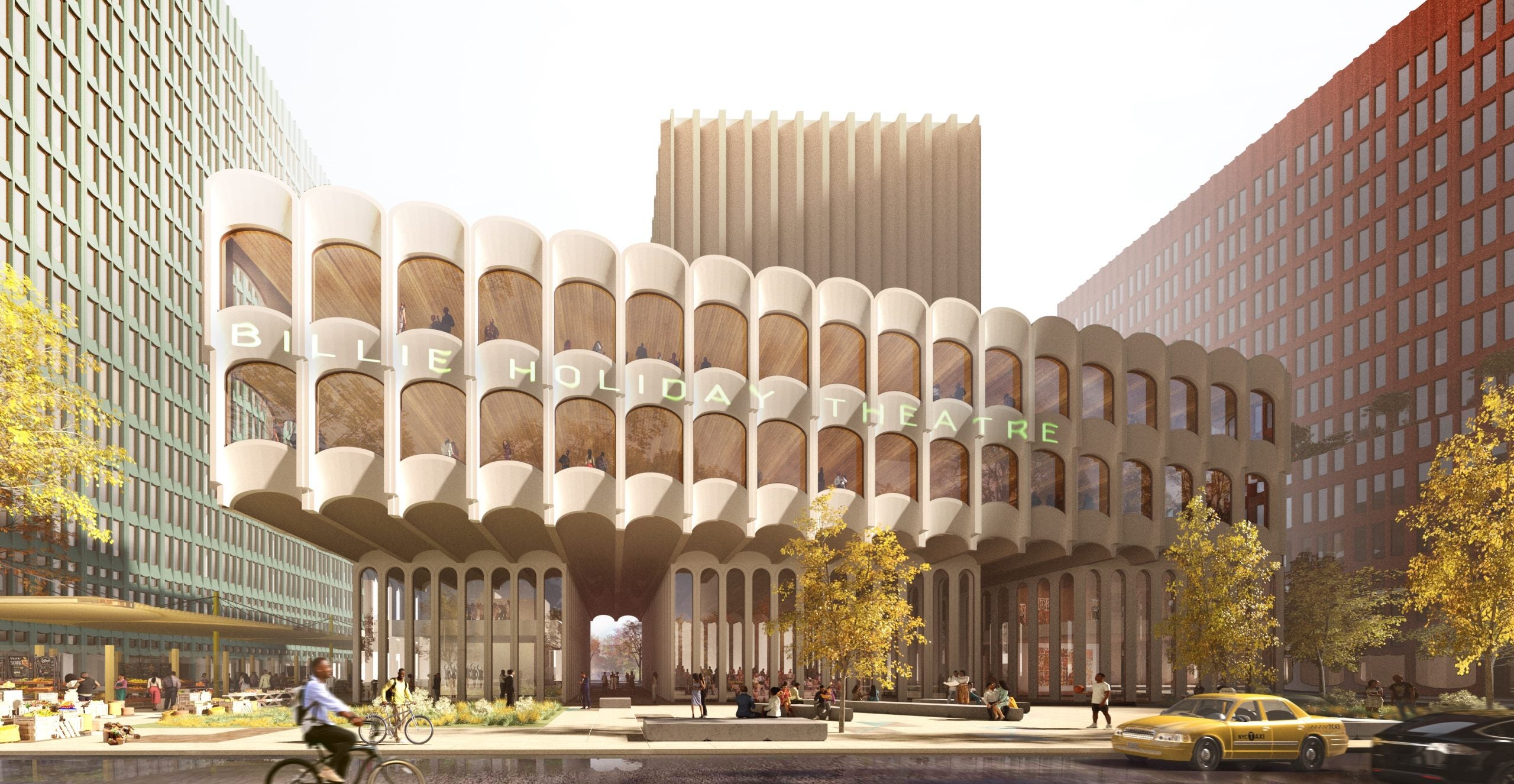
“Restoration Plaza, with its focus on becoming Restoration Innovation Campus, we want to make this a destination. And we want to make it a place that will benefit and be the catalyst for Black wealth creation in Brooklyn,” CEO and President of Restoration, Blondell Pinnock, tells ESSENCE.
“The focus and the goal of this project was to expand the programs we’re already doing. But to do it and scale it in a much more impactful way. Within Brooklyn, I look at this project as being more than a central Brooklyn project, I look at it as being a regional project, given size and scope,” adds Pinnock.
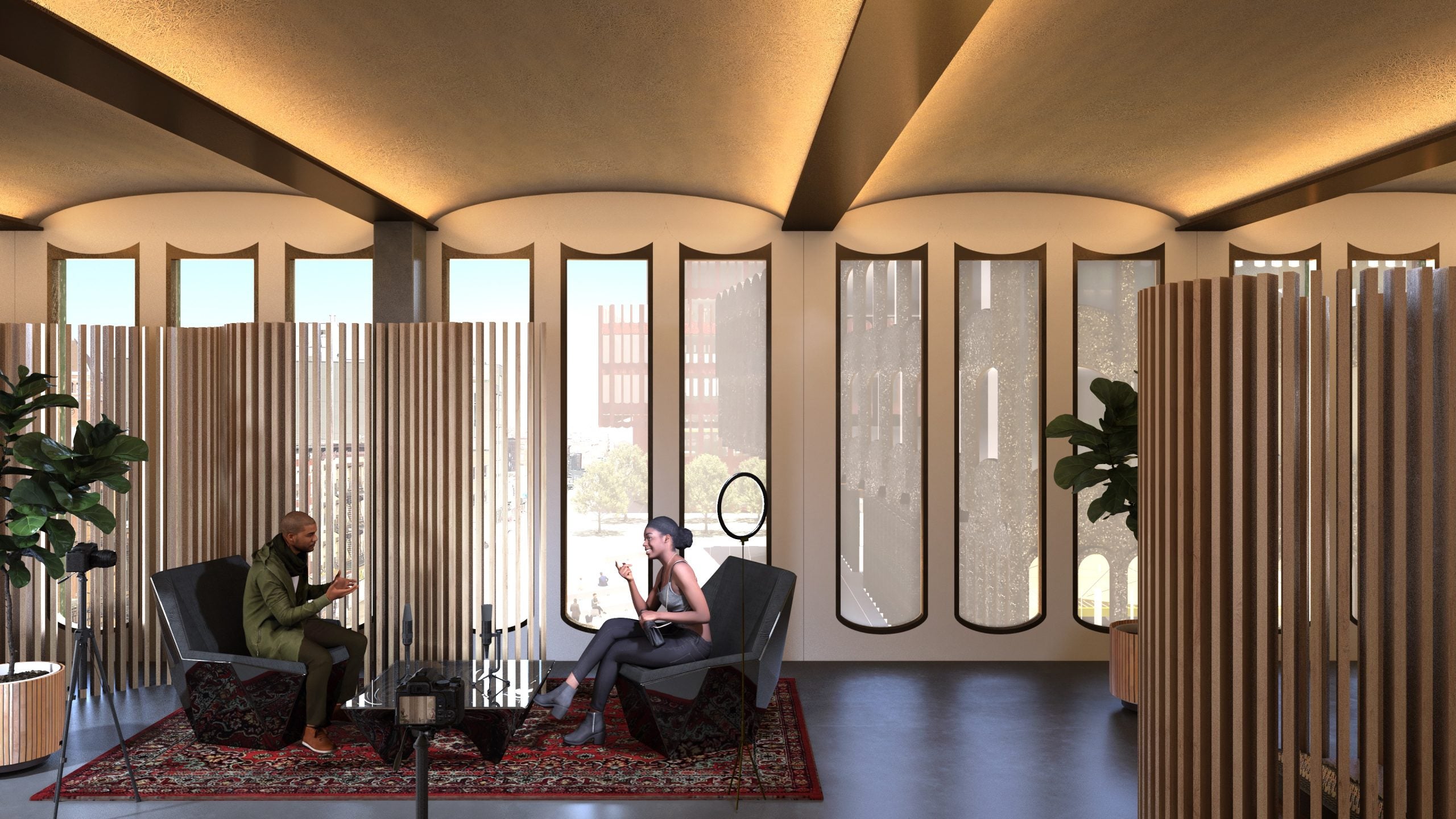
The 840,000-square-foot multi-purpose design includes a significant expansion of Restoration’s cultural center and the Billie Holiday Theatre, new public open space, and two commercial buildings that will house new offices for current tenants as well as private, nonprofit, and government partners committed to closing the racial wealth gap.
“You know, it’s not just about getting a job, but it’s about being a well-paying job. It’s about getting a job that provides sustainable income, that one will be able to live and raise a family here in New York City if that’s their choice to do. So we are making sure that we can provide the tools around keeping that person not only employed but keeping that person tied to investing within the community, allowing them opportunities to provide homeownership and housing and more,” says Pinnock.





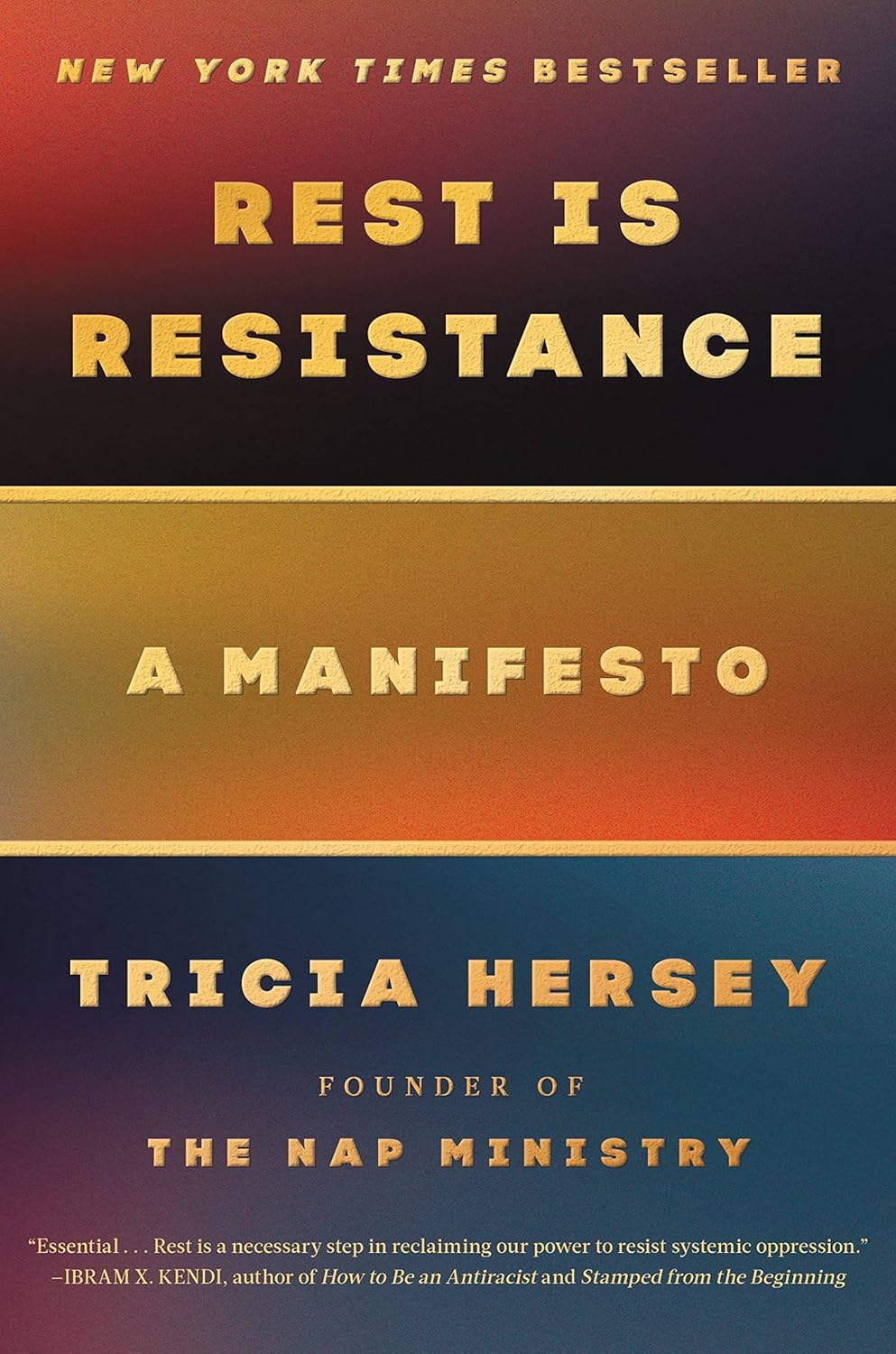
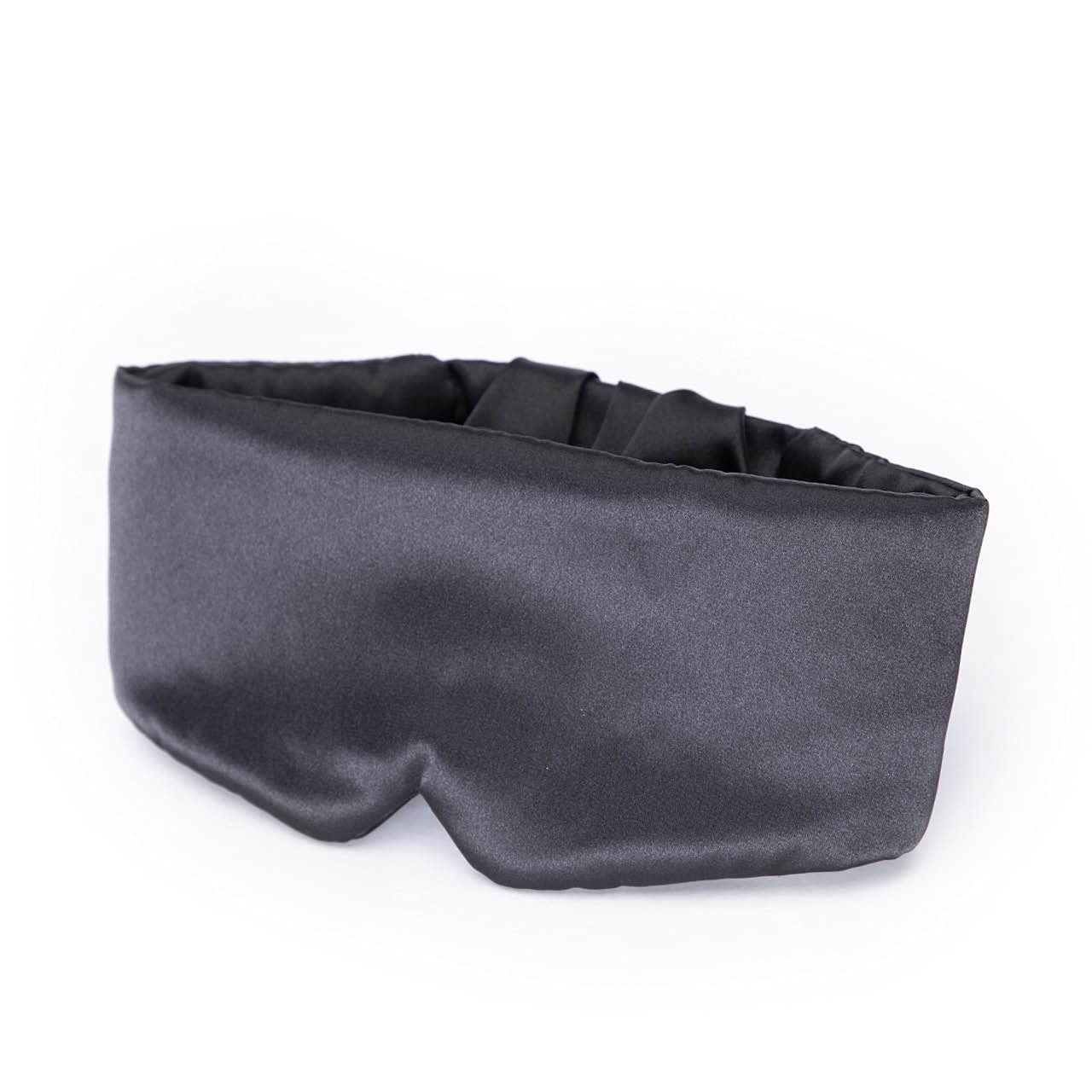
Restoration Innovation Campus will be designed by celebrated architect David Adjaye, who recently completed the National Museum of African American History and Culture in Washington, D.C.
“The design of Innovation Campus taps into Bed-Stuy’s vibrant culture to create a place-based model to disrupt the racial wealth gap,” Adjaye said in a release shared with ESSENCE. “Based on extensive community engagement sessions, the design scheme prioritizes the public realm and ensures dedicated space for collaboration between mission-aligned partners. We look forward to seeing the campus become a reality and model for others as Restoration moves the transformative plan forward.”
The campus redesign began in 2019 with a series of community focus groups. These meetings yielded a list of project priorities, revealing the enhanced campus’s offerings. The organization aims to draw attention to the arts program, expand job and education opportunities, add public space, and attract retail.






